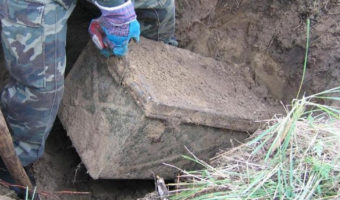Local Shop in Dublin Built Over an 11th-Century Viking-Era Well
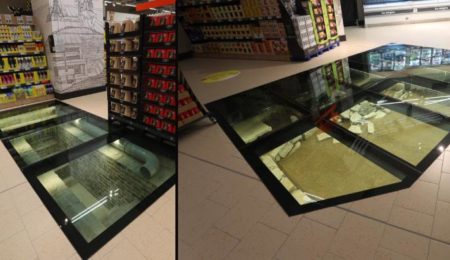
Ever wondered what may lie beneath the ground you’re treading upon? Normally, you would assume it to be soil or stone, but sometimes, in some strange occurrences, you may be striding on historical ruins dating centuries back! A new building in construction in Ireland found itself in a similar situation. Reading on further to know what happened when LIDL grocery store’s foundation in Dublin was being laid.
Table of Contents
A grocery store discovers ancient Viking-era ruins.
LIDL set out in 2013 to create a new store in Dublin, but what they uncovered during the excavation process was nothing short of miraculous. The construction crew discovered the ruins of a historic Viking well going back to the 11th century while digging! The discovery surprised the archaeological community and sparked excitement.
LIDL quickly halted building after realizing the significance of the discovery and called in a team of archaeologists to further explore the site. They were astounded to see that the well was in pristine shape, with the original wooden lining completely intact.
The discovery was historic not only for the archaeological community but also for LIDL. The corporation had to make a difficult choice: should they cancel the initiative to protect the archaeological site or continue developing the new store?
The store owners, along with a team of archaeologists, decided to install glass flooring that would let customers peer down into local history.
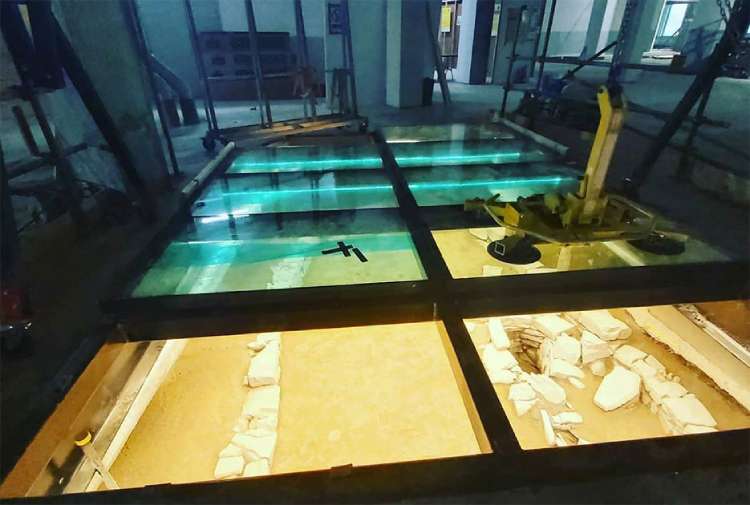
LIDL made an exciting decision to include the Viking well into the store’s design after much discussion. This was a risky move, but it allowed the company to finish building its new store while also preserving a vital piece of local history.
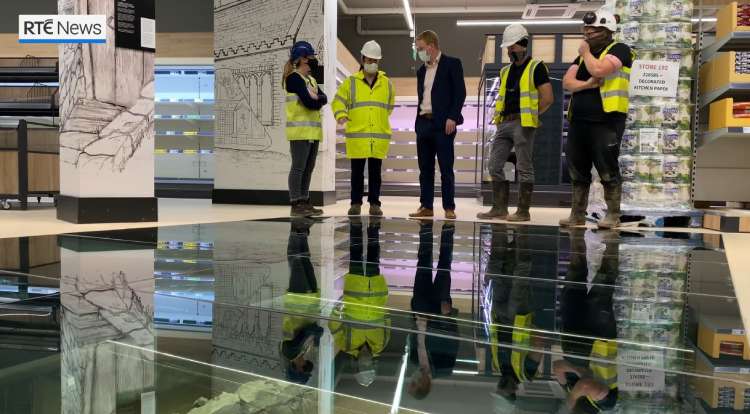
Customers entering the store are suddenly met with a breathtaking sight. While shopping for groceries, they can see the old remnants of the Viking well via a glass floor portion. This decision proved to be a win-win situation for all parties concerned, with the local community in awe of the one-of-a-kind and amazing exhibit at the LIDL store.
A second glass panel offers a sneak peek into an 18th-century “pit trap†from the stage of the old Aungier Street Theatre.
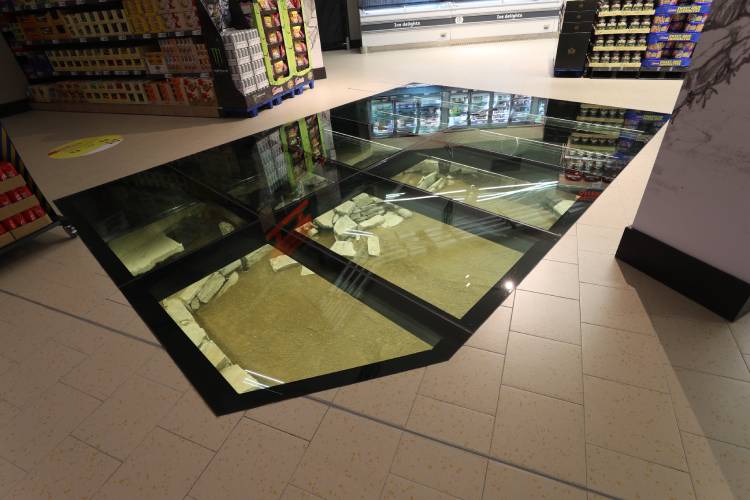
The LIDL store in Dublin is a treasure trove of historical artifacts that have shocked and excited many visitors. LIDL didn’t stop there after incorporating the old Viking well into the store’s design. They also added another fantastic historical feature that has consumers raving.
A second glass panel in the store provides a glimpse into an 18th-century “pit trap” from the stage of the old Aungier Street Theatre. Many guests are in awe, unable to realize they are standing atop an 18th-century stage trap.
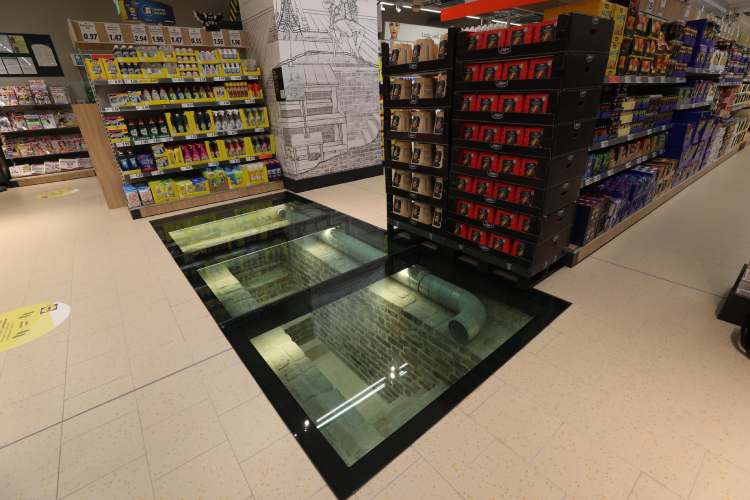
The pit trap was used as a stage device for many of the theatre’s performances, including acts from renowned plays such as Romeo and Juliet. The trap enabled players to vanish from the stage, giving the impression that they had fallen or vanished.
This addition to the store’s design demonstrates LIDL’s commitment to conserving the area’s historical past, and it has piqued the interest of customers. They can’t help but be impressed by LIDL’s unusual and unexpected insight into the city’s past.
What do the archaeologists feel about this?
Archaeologists in Dublin have taken note of LIDL’s preservation efforts to include historical artifacts in the design of their store. The city archaeologist, Ruth Johnson, has applauded LIDL’s approach to protecting historical sites, highlighting it as an example for future projects.
Johnson criticized the “Celtic Tiger” paradigm, a time in Ireland’s economy during which urban growth and commercial archaeology occurred with little care for historical preservation. Instead, she advocates for a more sustainable and mindful approach to future developments, challenging the benefits that urban expansion gives to the community. LIDL has provided an unexpected peek into the city’s past.
The Dublin LIDL store is an excellent illustration of how historic preservation and urban expansion can coexist. The archaeological community hopes that LIDL’s attempts to incorporate the old Viking well and the 18th-century pit trap into their shop design will be replicated in future projects.
Did you know Ireland has more than ten ancient sites?
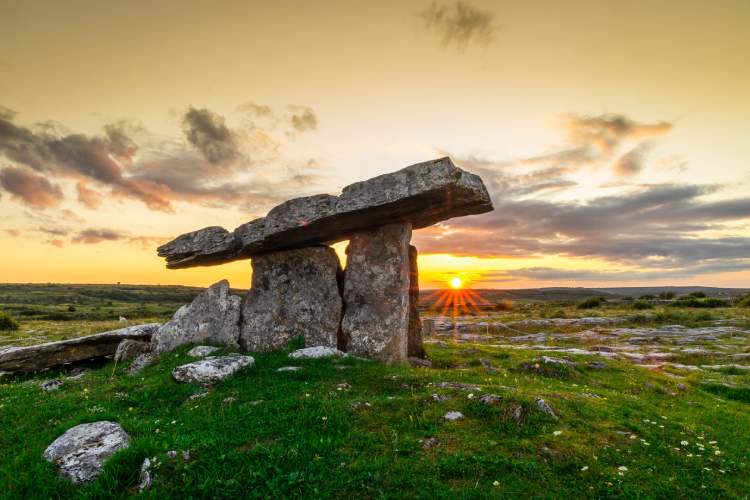
Ireland has a rich and intriguing past, with over 10,000 known ancient ruins such as megalithic tombs, burial chambers, stone circles, and standing stones. The sheer number of these sites would be enough to astound and amaze anyone, but even more astounding is how ancient they are. Some of these sites date back over 6,000 years!
These ancient sites provide witness to the country’s rich past and are an important element of Ireland’s cultural heritage. The government and numerous organizations have meticulously preserved and conserved them, allowing tourists to experience the country’s rich history personally.
The Newgrange Tomb in County Meath is one of Ireland’s most famous ancient sites. This prehistoric monument is thought to be approximately 5,000 years old, making it older than both Stonehenge and Egypt’s Great Pyramids! The location is an ancient engineering marvel that coincides with the winter solstice, making it a popular destination for people from all over the world.

The Cliffs of Moher, the Rock of Cashel, and the Hill of Tara are also noteworthy ancient locations in Ireland. Each location provides a distinct view into Ireland’s rich cultural heritage and bears witness to the country’s interesting history.
The preservation and safeguarding of these historical wonders are critical to ensuring they continue to be a vital aspect of Ireland’s cultural legacy for future generations. As visitors from all over the world continue to throng to these locations, it is apparent that they will continue to hold a special place in people’s hearts and thoughts.



















